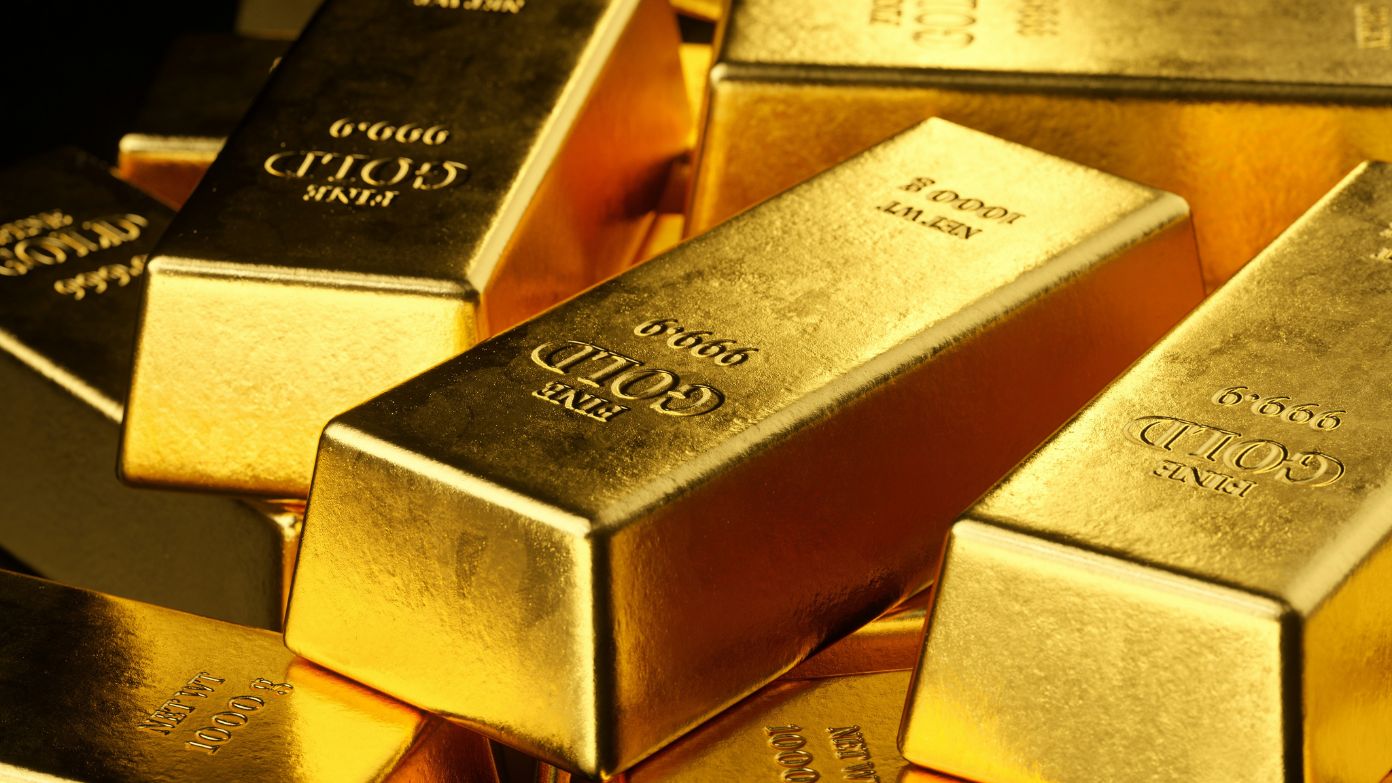Rare earth metals, despite their name, are more common in the Earth’s crust than gold or platinum. However, their extraction and processing are complex, making them valuable commodities. These 17 elements, including neodymium and dysprosium, are essential in various high-tech applications, from smartphones to electric vehicles. If you’re considering investing in this sector, here’s what you need to know.
Understanding rare earth metals
Rare earth elements are classified under the categories of light and heavy. Lanthanum and cerium fall within the light category, while the heavy ones include gadolinium and lutetium. Rare heavy earths can be priceless, they are rare and exhibit special characteristics. These metals are employed in most futuristic technologies of today’s time-renewable energy systems and advanced defense systems.
How to invest in rare earth metals
Rare earth metals can be invested in various ways such as:
- Mining companies: You could buy stocks from mining companies or those processing rare earth elements. MP Materials Corp. and Lynas Rare Earths Ltd. are examples of these companies.
- Exchange-traded funds (ETFs): ETFs like the VanEck Rare Earth/Strategic Metals ETF provide a greater degree of diversification in the sector since they invest in a basket of companies involved with rare earth mining and processing.
- Mutual funds: A few mutual funds focus on strategic metals, a second avenue of investment worth pursuing.
- Futures contracts: Futures could be considered, although this is complex and generally unrecommended for individual investors due to high risk and market volatility.
Historical performance of rare earth metals
Some historical phases defined changing trends in the rare earth metal business and these includes:
- 1980s to 1990s: With enhanced production of rare earth elements, China plunged global prices to historic lows.
- 2010-2011: A price surge was induced by China’s restrictive export policies, thus encouraging other countries to investigate and develop their own rare earth resources.
- 2020-2023: Global rare earths output was at an all time high from 240,000 metric tons in 2020 to 350,000 metric tons in 2023, prompted by the demand from electric vehicles and renewable energy.
Factors influencing rare earth metal prices
Several factors affect the prices of rare earth metals:
- Supply concentration: China dominates rare earth production, accounting for approximately 70% of global output in 2023. This concentration makes the market sensitive to Chinese policies and production levels.
- Geopoliticaltensions: Trade disputes can lead to export controls, affecting global supply and prices. For instance, China’s recent restrictions on certain strategic metals have raised concerns about supply chain stability.
- Technological advancements: As technology evolves, the demand for specific rare earth elements can increase, influencing their market value.
Risks and considerations in investing
Rare earth metal investment is risky in the following ways:
- Market volatility: markets can be very volatile based on geopolitical events, policy changes, and demand fluctuations.
- Environmental effects: mining and processing rare earth elements have harmful environmental effects, resulting in possible regulation issues.
- Few investment vehicles available: The more niche nature of the market means fewer investment options, which can restrict liquidity and diversification.
Related article:
If you invested $1,000 in Berkshire Hathaway 10 years ago, here’s how much you would have today
What are the best defense stocks to invest in?
If you invested $1,000 in UnitedHealth Group 10 years ago, here’s how much you would have today

